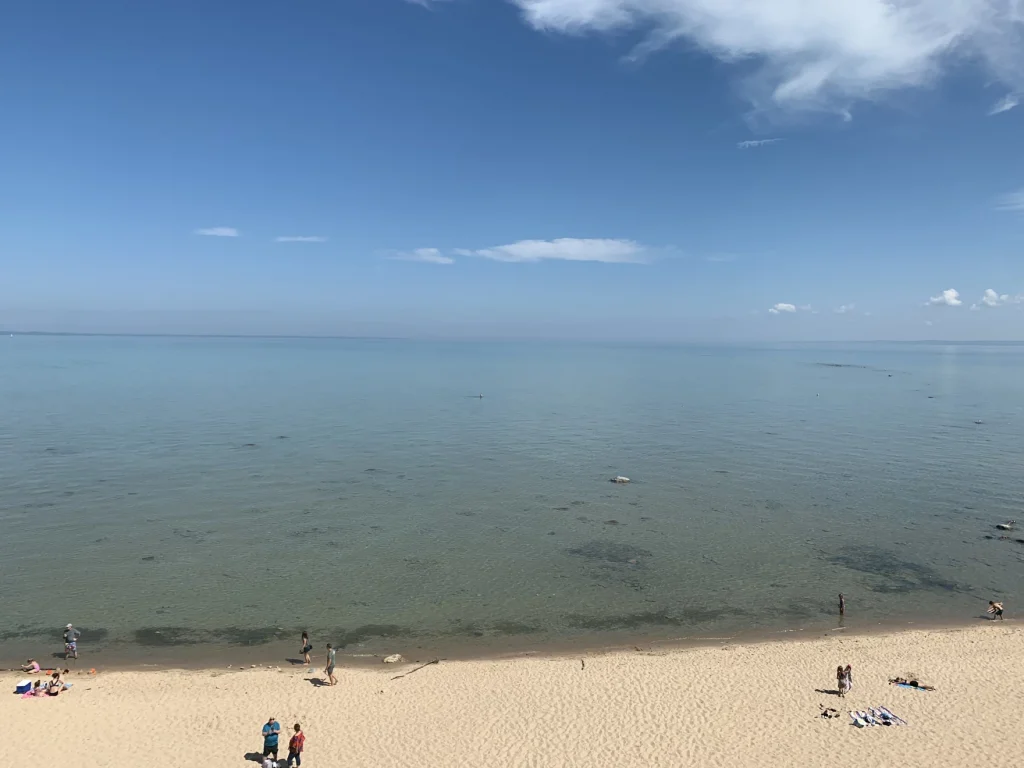Tribal fisheries biologists are embarking on a groundbreaking project that could revolutionize our understanding of Great Lakes fish communities. Utilizing cutting-edge technology in the form of underwater cameras, researchers aim to delve deeper into the dynamics of aquatic ecosystems and shed light on how fish populations are interacting and evolving.
Led by the Grand Traverse Band of Ottawa and Chippewa Indians in partnership with other federally recognized tribes in northern Michigan, as well as state and federal fisheries researchers, this initiative seeks to capture video footage of fish communities without disrupting their natural behavior. By submerging cameras in select areas of Grand Traverse Bay and Lake Michigan, scientists hope to document animal behavior, interactions, and habitat utilization in unprecedented detail.
Chris Hessell, Great Lakes fisheries biologist with the Grand Traverse Band, explains that the focus will initially be on reefs, common spawning sites for fish. These underwater cameras will enable researchers to sample multiple areas within a day, providing valuable insights that were previously unattainable with traditional surveying methods.
The ultimate goal is to expand the scope of this research to encompass the entire lake system, allowing scientists to study how aquatic communities move and interact on a basin-wide scale. Hessell emphasizes the importance of understanding these dynamics, citing genetic differences and distinct movement patterns observed between different areas of Grand Traverse Bay.
While gill net sampling has been a staple of fisheries research, it poses limitations as it involves removing fish from the ecosystem. In contrast, underwater cameras offer a non-invasive means of observation, allowing researchers to monitor fish behavior without disturbance.
By combining data from gill net sampling with insights from underwater cameras, researchers hope to gain a comprehensive understanding of fish movements and habitat preferences. This holistic approach mirrors the complexities of human behavior, with fish utilizing different areas for varying purposes.
The deployment of GoPro cameras mounted on pods represents a significant leap forward in fisheries research, enabling scientists to sample multiple habitats within a single day. With the ability to capture raw data over many years, researchers anticipate invaluable insights into how aquatic communities are responding to environmental changes.
As the Great Lakes continue to undergo transformation, fueled by factors such as climate change and human activity, projects like this offer hope for a deeper understanding of these vital ecosystems. By harnessing the power of technology, researchers are poised to unlock new insights into the intricate dynamics of Great Lakes fisheries, paving the way for informed conservation and management efforts.
In the coming months, as underwater cameras are deployed and data collection begins, the potential of this innovative research to transform our understanding of Great Lakes fisheries will become increasingly evident. With each new discovery, researchers move one step closer to unraveling the mysteries of these iconic waterways and safeguarding their future for generations to come.
